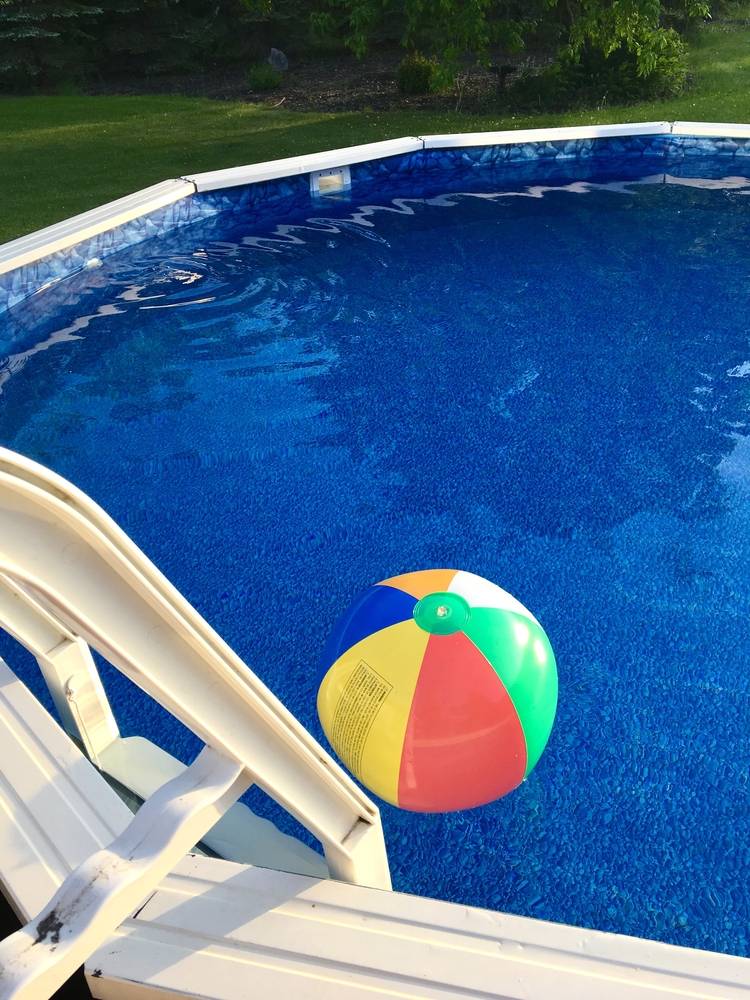- Mar 25, 2019
- 541
- Pool Size
- 11300
- Surface
- Plaster
- Chlorine
- Salt Water Generator
- SWG Type
- CircuPool RJ-30 Plus
I got an RJ-30+ in 2020 and have been mostly happy with it. DSP has been pretty good on warranty stuff, however since the last pool season, the cell consistently reads about 1000 ppm or more low on salt. I think I have a small leak underground leak somewhere because I lose CYA too over time, but what really dilutes my pool is heavy rain that makes the pool drain from an overflow. Anyway, this causes the SWG to read low salt and stop producing FC. I tried cleaning the cell like they said and then sent it in one time, to which they said everything was functioning normally. I am not sure if they actually verify the accuracy of the salt sensor or just hook it and make sure its producing amps/volts. I have to keep the salt around 5000, because if it dips under 4000ish, the SWG readout will hover around 2800-3000 and thats around when it will start with the low salt light. I am using the reagent test not strips to verify salt.
Is my cell just nearing the end of its life already? Is there anything else I can tell them to help troubleshoot this problem? It's my understanding there is no actual salinity sensor in the cell, it just goes off resistance or something of the sort between the plates, and them wearing down can cause the readings to be thrown off. DSP did also tell me that as the water gets colder the sensor will for sure read wrong, but most of the year it is pretty warm here. They seem a little resistant to warranty the cell. When I first got the cell it had to be sent back for not producing much FC, but only after we exhausted every possible option to blame something else. I was told more or less that if the cell had amps and volts there was zero was it couldn't be producing FC. This included me getting test results from Leslie's and using chemicals to get rid of phosphates. Of course they didn't believe or care about CYA/FC ratios and insisted that 1-3 ppm FC was good no matter what but that is pretty typical.
Is my cell just nearing the end of its life already? Is there anything else I can tell them to help troubleshoot this problem? It's my understanding there is no actual salinity sensor in the cell, it just goes off resistance or something of the sort between the plates, and them wearing down can cause the readings to be thrown off. DSP did also tell me that as the water gets colder the sensor will for sure read wrong, but most of the year it is pretty warm here. They seem a little resistant to warranty the cell. When I first got the cell it had to be sent back for not producing much FC, but only after we exhausted every possible option to blame something else. I was told more or less that if the cell had amps and volts there was zero was it couldn't be producing FC. This included me getting test results from Leslie's and using chemicals to get rid of phosphates. Of course they didn't believe or care about CYA/FC ratios and insisted that 1-3 ppm FC was good no matter what but that is pretty typical.


